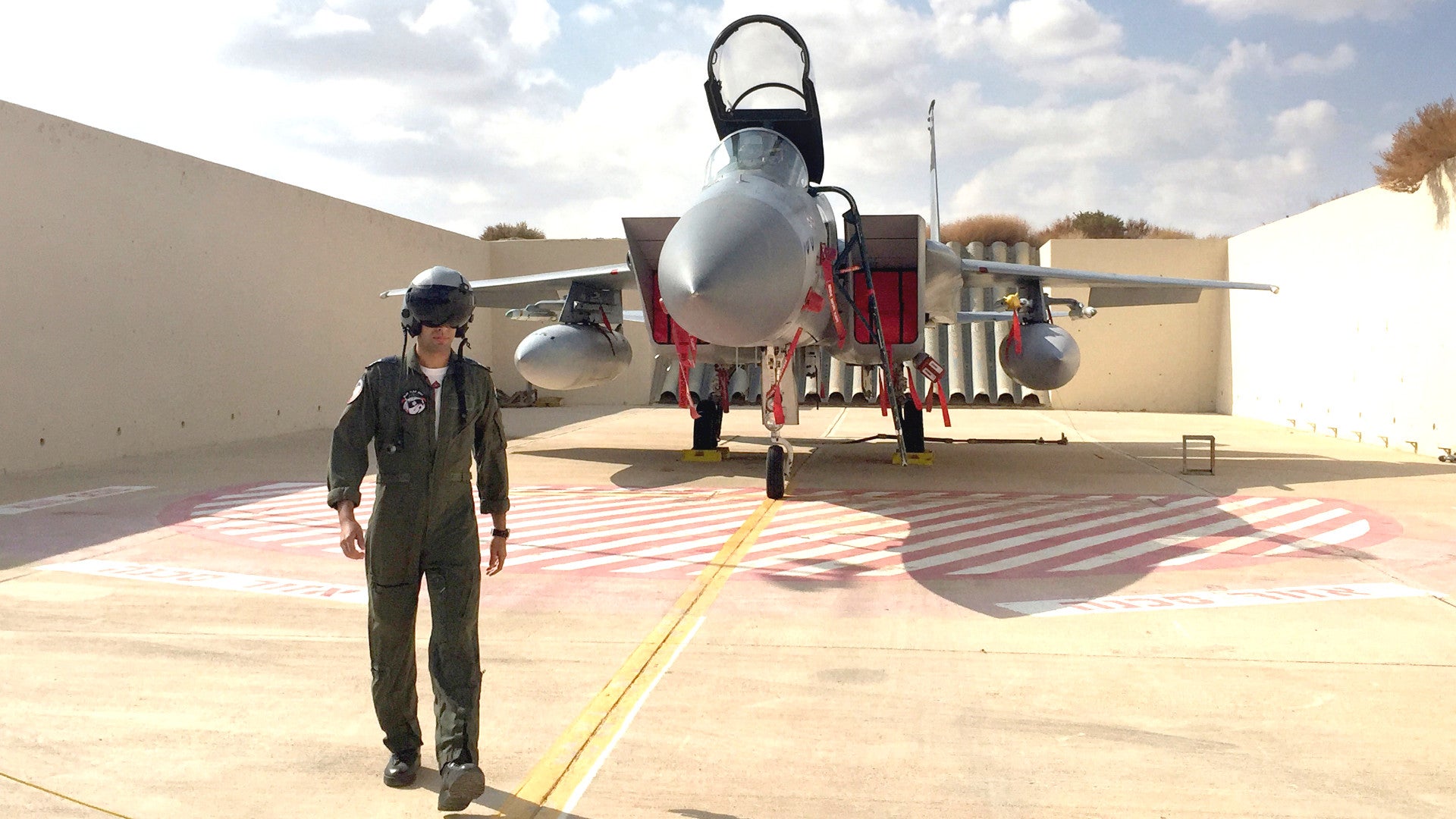The skies above the Negev Desert in southern Israel have been especially active as of late, as the country hosts largest ever iteration of its premier multi-national aerial exercise, nicknamed Blue Flag. The event is showcasing the capabilities of the Israeli Air Force, as well as those of its allies, at time when tensions in the region are running high, including, but not limited to, a unprecedented crackdown in Saudi Arabia, the ongoing crisis in Yemen, talk of a war between Saudis and Lebanon, widespread instability in Syria, and ongoing concerns about Iran’s ballistic missile programs.
Blue Flag 2017, which began on Nov. 6, 2017, is the third iteration of the biennial gathering and by far the largest in both size and scope, with more than 1,000 personnel in attendance. Seven countries – France, Germany, Greece,
India, Italy, Poland, and the United States – have sent nearly three dozen aircraft to join their Israeli counterparts at Uvda Air Force Base. The Greek, Polish, and U.S. air forces all sent F-16 fighter jets of various types – five, six, and seven aircraft, respectively – while the French dispatched five Mirage 2000Ds, the Germans contributed six Eurofighter Typhoons, and the Italians deployed five Tornado IDS. The Indian Air Force sent only a single C-130J Hercules transport plane and a contingent of special operations forces. Israel’s own F-15 and F-16 fighter jets are both taking part.
So far, “we started with simple missions to get used to the local area, working together, and the administrative coming and going from the airspace,” U.S. Air Force Lieutenant Colonel Benjamin Freeborn, commander of the 510th Fighter Squadron, which is forward deployed in Italy, told the service’s own reporters earlier in November 2017. “Then we are continually layering complexity onto these simple missions.”
The Israelis have modeled the exercise on similar massive American aerial training drills, such as Red Flag and Green Flag, which helps explains their own chosen nickname. This latest version involves aerial operations based around the requirements of a fictional war between Falcon Land, the friendly side, and Nowhere Land, the enemy territory.

Much of the dogfighting, air strikes, electronic warfare activities, and other maneuvers are simulated, the base commander at Uvda, who the IAF only identified by his first name Colonel Itamar, explained to journalists. The drills do include live-fire attacks on mock ground targets, though.
Additional F-16 fighter jets from the IAF’s elite 115 Squadron, also known as “Red Squadron” or “Dragon Squadron,” are providing opposing aircraft to challenge the participants throughout the exercise. Created in 2005, its since become a world class aggressor unit mimics aerial threats with its F-16s and just traded in its F-16A/Bs for newer F-16C/Ds in April 2017.
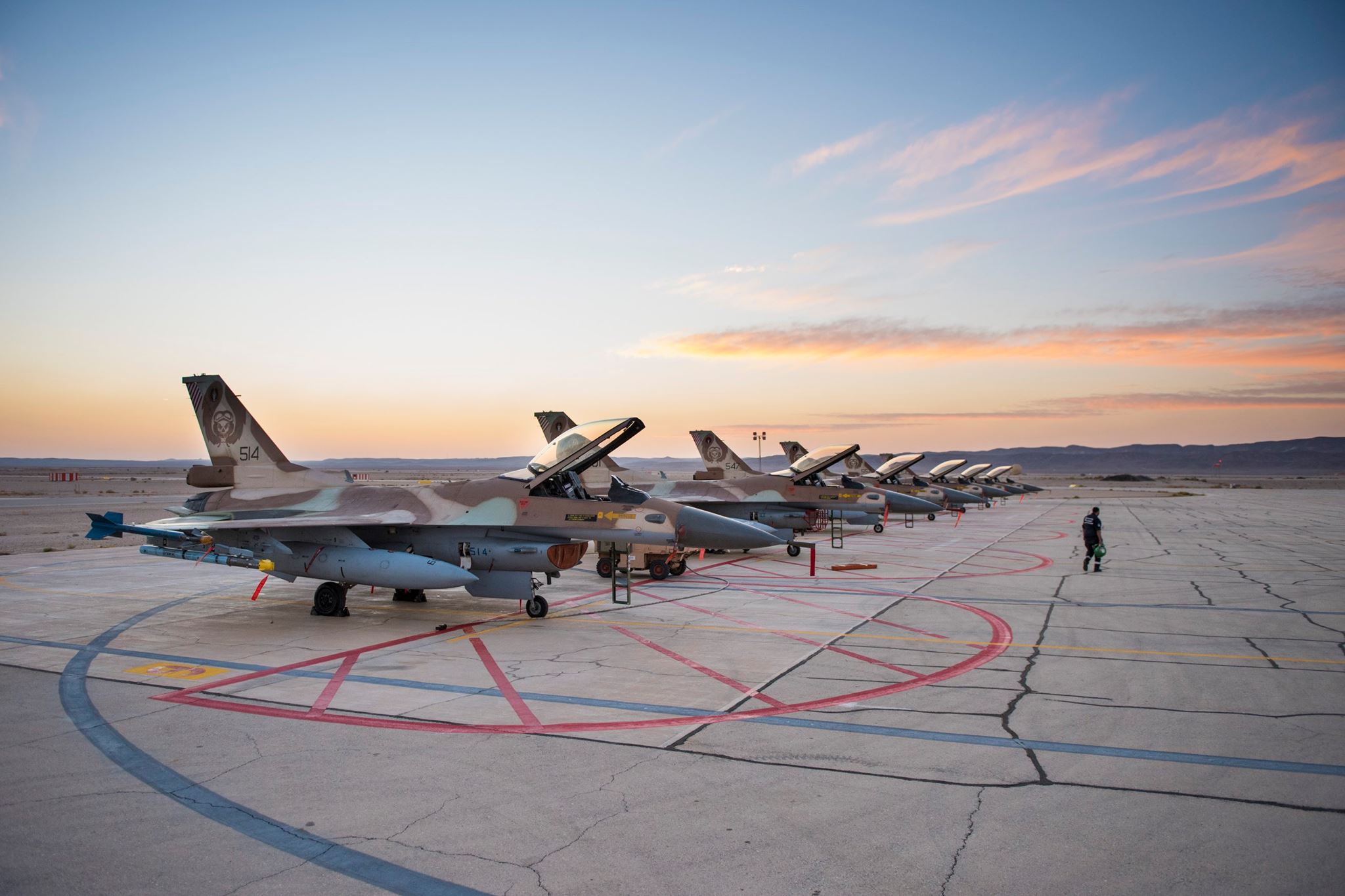
Beyond flying “hostile” fighter jets, the unit’s personnel can also simulate other enemy forces, including surface-to-air threats, electronic warfare attacks, and challenges to friendly space-based assets. The squadron is almost certainly piloting the drones that are reportedly supporting “Nowhere Land” forces during Blue Flag 2017.
In addition, Colonel Itamar said he hoped that Israel’s F-35I Adir stealth fighters would be operational and able to join in the next Blue Flag. By then, the U.S. Air Force could decide to bring its own F-35A Joint Strike Fighters.
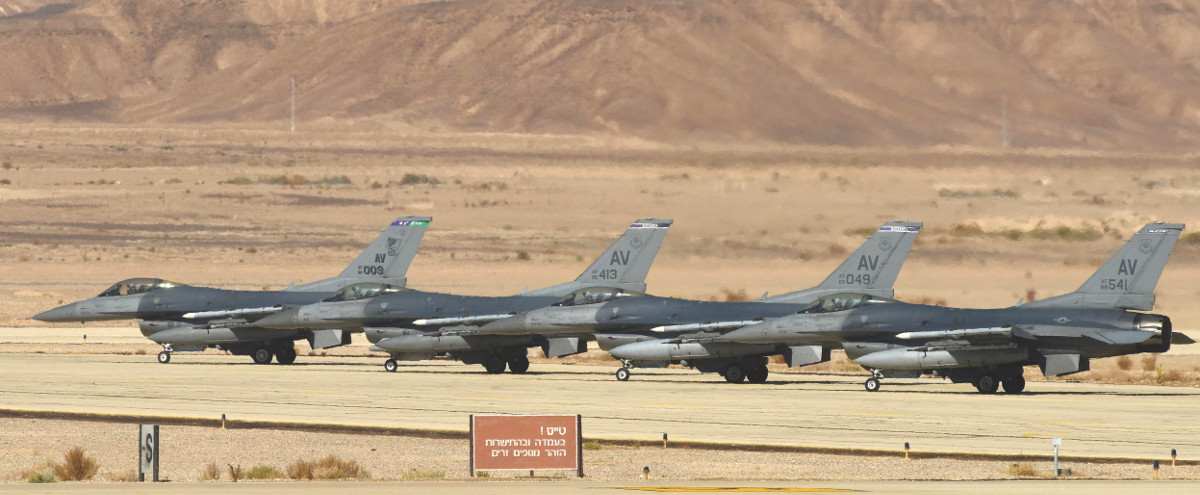
Regardless, the event remains beneficial for the participants as it gives them a chance to work and share lessons with various foreign forces, which often have their own ways of doing things, and over areas they are less familiar with. Major events like Blue Flag are also an opportunity for unit commanders and pilots alike to fly missions within a large, multi-national coalition, something that has become increasingly the norm for actual military operations, such as the fight against ISIS in Iraq and Syria.
“The ranges they have here are nothing like we have back home in Italy,” U.S. Air Force Lieutenant Colonel Freeborn added. “[The Israelis] have very realistic targets and surface threats that we can train against.”
The overall scope of the event has dramatically changed since the first Blue Flag in 2013. That exercise only had participants from Israel, Greece, Italy, and the United States. Poland joined the event in 2015, but the 2017 drill is the first time French, German, and Indian personnel are taking part. A private contractor is also helping with logistics, something that hasn’t been necessary before, because of the increased size of the event.
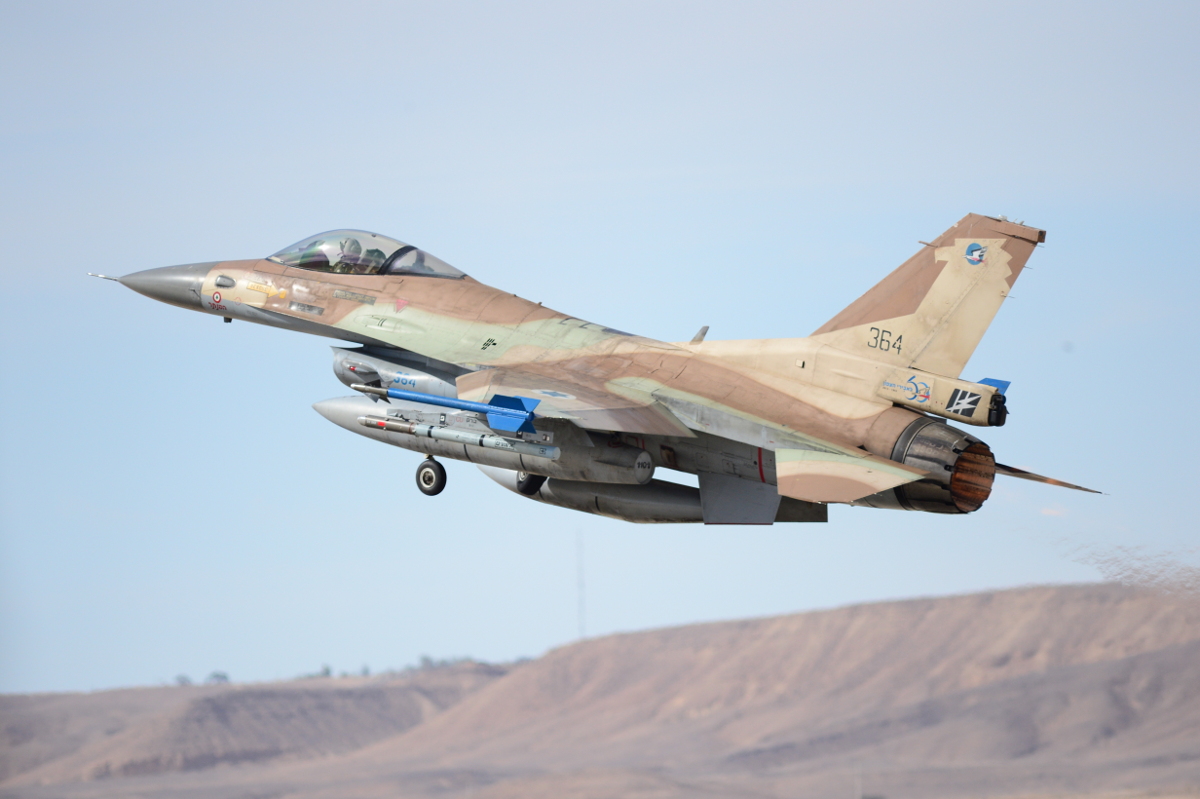
The IAF stressed the significant of having Luftwaffe fighter jets flying over Israeli skies for the first time. Relations between the two countries have been steadily growing closer for decades, but always under the constant shadow of the Nazi regime and the Holocaust.
“Seeing the Luftwaffe airplanes entering our hangars – it’s something I’ll always remember,” the IAF’s Colonel Itamar said, according to The Times of Israel. “It’s sensitive. It’s emotional. The past can’t be changed.”
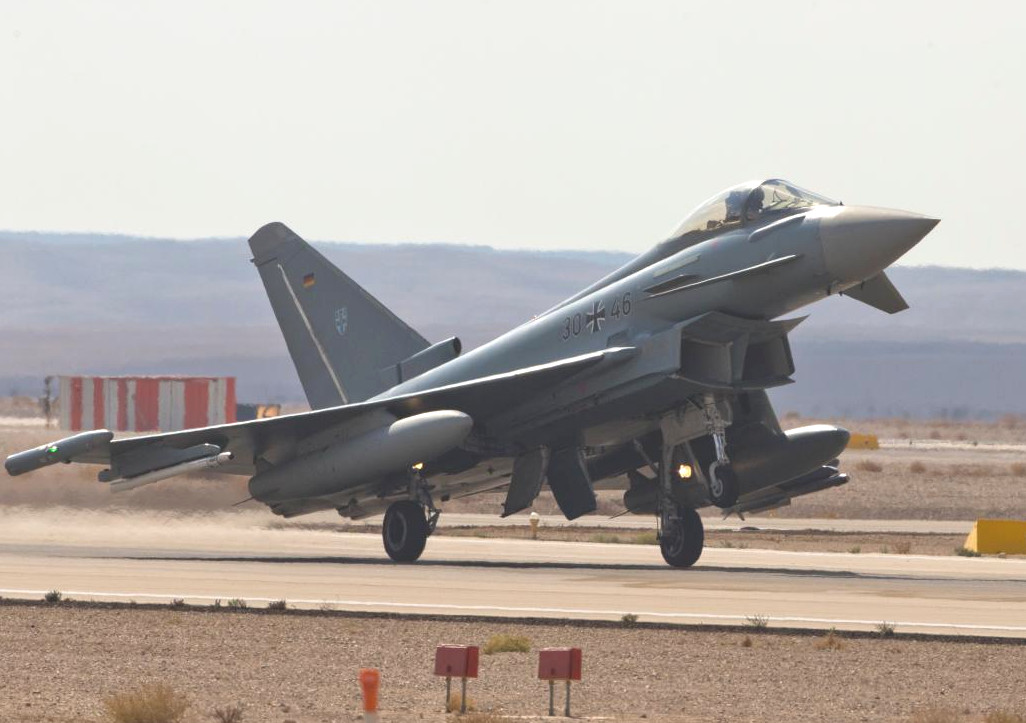
It’s also the first time that actual Israeli Patriot surface-to-air missile systems have been employed as a surrogate threat. In the past, equipment such as the U.S. military’s Joint Threat Emitter, or JTE, which can reproduce the kind of threatening transmissions associated with various types of anti-aircraft systems, would have provided this capability. It is possible that the United States has also deployed JTEs to Blue Flag 2017 to expand the range of simulated threats available during the various scenarios or that the Israelis are employing their own, similar systems.
The Israeli Patriot crews themselves will simulate attacks, but not actually fire missiles during the exercise. Notably the unit involved is normally tasked with defending the airspace around Dimona, an area that is also home to Israel’s Negev Nuclear Research Center, and they say they’ve been proving to be more than a match for the aircraft flying above.
“[We have been] very successful in the amount of interceptions we’ve had,” the battery commander said, according to The Times. As of the second day of the drills, “everything we’ve been allowed to target, we’ve knocked down.”
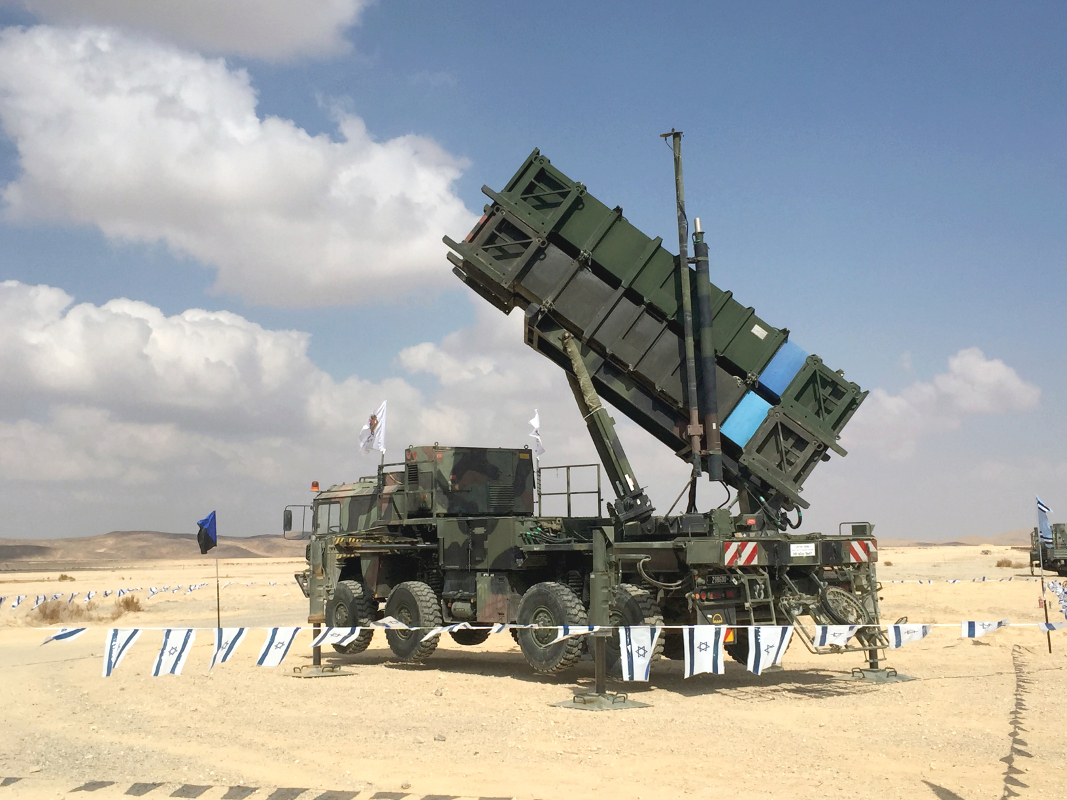
Israel insists that Blue Flag is intended to improve ties between the country and its allies, promote exchanges between the participants, and help them train to operate together in the future, rather than as a signal to any particular country in the Middle East or elsewhere. It’s hard not to see it in that context, however, given the present state of affairs throughout the region.
There are number of geopolitical crises brewing, most recently prompted by major political upheaval in Saudi Arabia. At the same time, the Kingdom has been making increasingly hard line statements toward Iran, Lebanon, and the Lebanese terrorist group Hezbollah, which the government in Tehran actively supports.
The regime in Riyadh has not effectively accused Iran of directly enabling a Yemeni ballistic missile attack on the Saudi Capital after years of supporting Houthi rebels in that country. The United States has now joined the fray, suggesting there is evidence to support that claim.
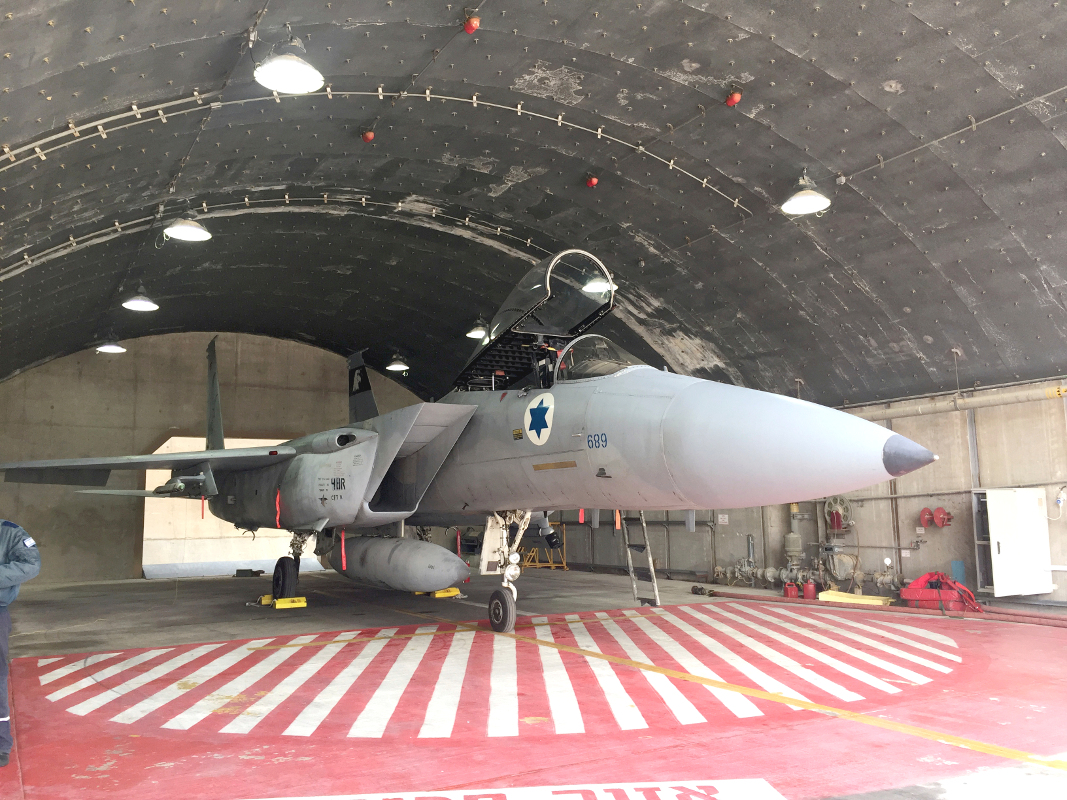
In October 2017, the United States announced its own major policy changes with respect to Iran, decrying its provocative ballistic missile developments in particular. In September 2017, the U.S. military formally opened its first ever permanent base in Israel, as well, which appears to be linked to increasing ballistic missile defenses against a potential Iranian attack.
The IAF itself has been conducting a steady stream of punitive attacks against the Syrian regime of Bashar Al Assad, which is also receiving support from Iran and Hezbollah. Many of these operations have been focused specifically on attacking shipments of advanced weapons bound for Hezbollah, which continues to threaten Israel.
But in September 2017, Israeli jets reportedly attacked the Syrian Scientific Studies and Researchers Center in Masyaf, which is in charge of that country’s chemical weapons and ballistic missile programs. Israel’s air defenders have been hard at work too, even intercepting a surface-to-air missile the Syrians launched during one of the air raids.
In the midst of all of this, Blue Flag 2017 is “without a specific target or mission, but is based on friendship,” Colonel Itamar said. “Our aim is not to win or lose, but to learn.”
But the lessons from a major event like this would undoubtedly be valuable in any real world crisis that might erupt in the Middle East or beyond.
Contact the author: joe@thedrive.com
